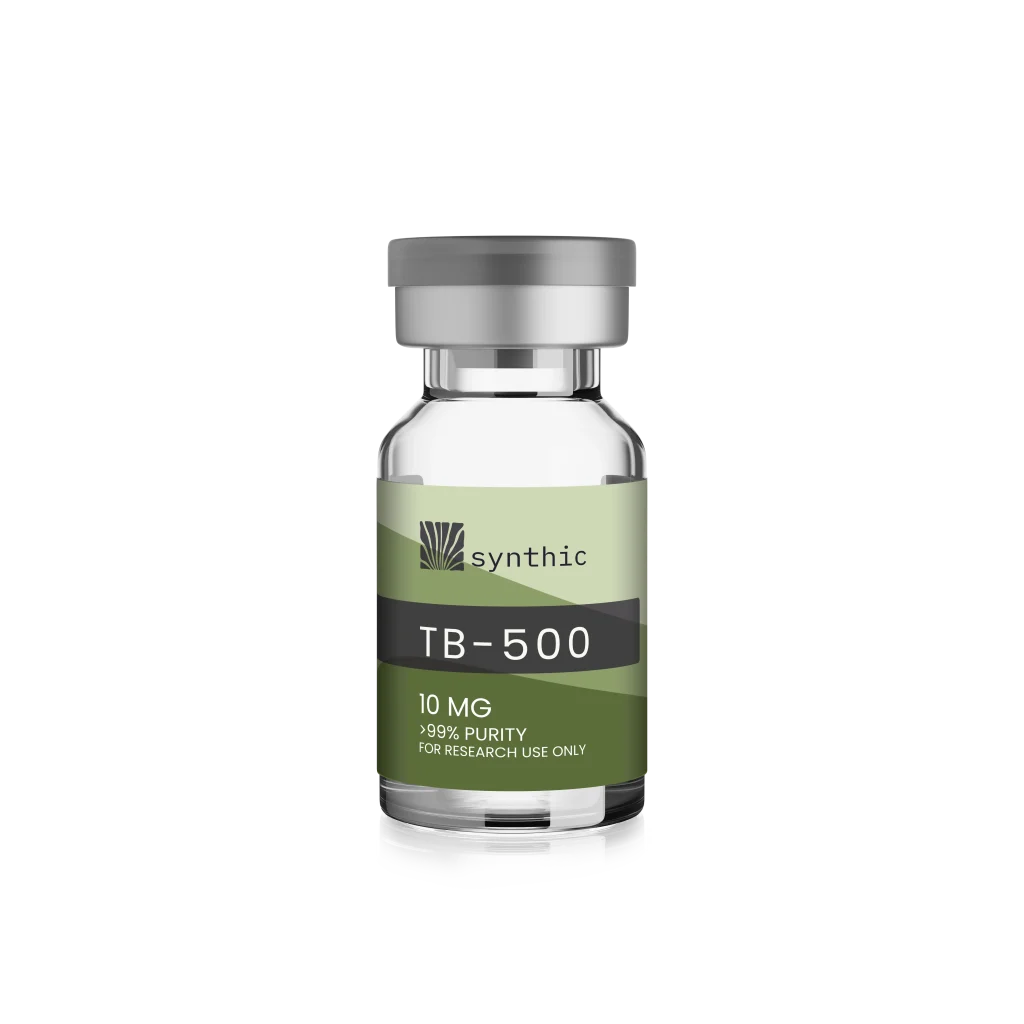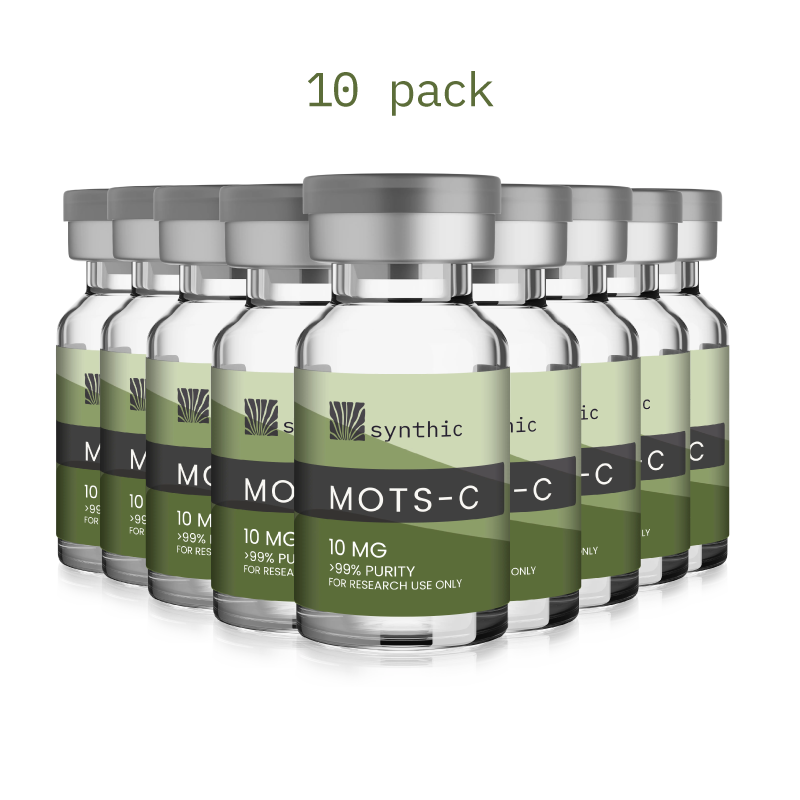As metabolic research accelerates, peptide-based therapies are gaining momentum for their role in regulating appetite, energy expenditure, and body composition. Among the most promising investigational compounds is cagrilintide, a long-acting amylin analog, often studied alongside GLP-1 receptor agonists such as semaglutide.
While GLP-1–based treatments are already widely researched for weight and glucose control, the combined use of amylin mimetics like Cagrilintide may unlock new levels of efficacy in metabolic protocols. This article explores the mechanisms, synergy, and emerging significance of Cagrilintide in multi-pathway peptide interventions.
What Is Cagrilintide?
Cagrilintide is a synthetic peptide analog of amylin, a hormone co-secreted with insulin by pancreatic beta cells. In physiological settings, amylin regulates satiety, slows gastric emptying, and suppresses postprandial glucagon—key processes involved in weight and glucose homeostasis.
Unlike native amylin, Cagrilintide is formulated for once-weekly subcutaneous administration, making it more viable for chronic metabolic research applications.
Mechanism of Action
Cagrilintide activates amylin and calcitonin receptors in the brainstem, especially in areas like the area postrema and nucleus tractus solitarius, which play a central role in appetite regulation and gastrointestinal signaling.
Primary effects:
- Prolonged satiety and reduced food intake
- Delayed gastric emptying
- Glucagon suppression
- Potential thermogenic/metabolic support
These effects complement the mechanisms of GLP-1 agonists, offering a non-redundant pathway to reduce caloric intake and support metabolic balance.
Early Research Highlights
In preclinical and early clinical settings, cagrilintide has shown promise as a standalone compound and in combination with GLP-1 therapies.
Study Snapshot:
In a Phase 1 trial investigating once-weekly cagrilintide + semaglutide, participants experienced greater weight reduction than with semaglutide alone.
| Intervention | Approx. Weight Loss (20 weeks) |
| Semaglutide alone | ~10% of body weight |
| Cagrilintide + Semaglutide | ~15% of body weight |
These results suggest that targeting multiple satiety and gastric pathways simultaneously may produce enhanced metabolic outcomes.
Mechanistic Synergy With GLP-1 Agonists
GLP-1 receptor agonists (e.g., semaglutide, liraglutide, tirzepatide) work primarily through:
- Hypothalamic appetite suppression
- Delayed gastric emptying
- Enhanced insulin secretion
- Glucose regulation
Cagrilintide complements these effects via:
- Amylin-specific receptor pathways
- Stronger early satiety signaling
- Independent gastric emptying delays
- Additional glucagon modulation
Together, the combination may enhance outcomes without simply increasing dosage of a single agent.
Potential Benefits of Combination Therapy
| Effect | Cagrilintide | GLP-1 Agonists | Combination |
| Appetite suppression | Moderate | Strong | Stronger |
| Weight loss potential | Moderate | High | Higher |
| Gastric emptying delay | Significant | Moderate | Additive |
| Glucose control | Modest | Significant | Enhanced |
| Satiety duration | Prolonged | Prolonged | Maximized |
| Tolerability | Favorable | GI side effects common | Under evaluation |
How It Compares to Other Multi-Agonist Strategies
Emerging multi-agonists such as tirzepatide (GLP-1/GIP) and retatrutide (GLP-1/GIP/glucagon) show high potency, but cagrilintide remains unique as an amylin analog. This allows it to be stacked with existing GLP-1–based compounds for enhanced results.
There is growing interest in even more advanced “quad-pathway” combinations:
- GLP-1: Appetite + insulin/glucose regulation
- GIP: Glucose homeostasis, lipid metabolism
- Glucagon: Energy expenditure
- Amylin: Satiety + gastric control
Such protocols may represent a future non-surgical gold standard in obesity and metabolic syndrome research.
Research Use and Safety
Cagrilintide remains an investigational compound, not approved for use outside of regulated research studies. In trials to date, it has shown:
- Mild to moderate gastrointestinal side effects (e.g., nausea, fullness)
- No serious safety concerns in early studies
- Good co-administration compatibility with GLP-1 receptor agonists
Further research is needed to establish long-term safety, dosing, and effects across broader populations.
Conclusion
Cagrilintide represents a compelling addition to the metabolic research toolkit. By acting on distinct receptor pathways and offering complementary satiety signals, it enhances the effects of GLP-1 therapies without redundancy. As peptide combinations become more common in obesity and insulin resistance research, Cagrilintide may play a pivotal role in future multi-pathway protocols.
Ongoing trials and mechanistic studies will continue to shape its place in the evolving landscape of non-surgical weight loss and metabolic intervention.



